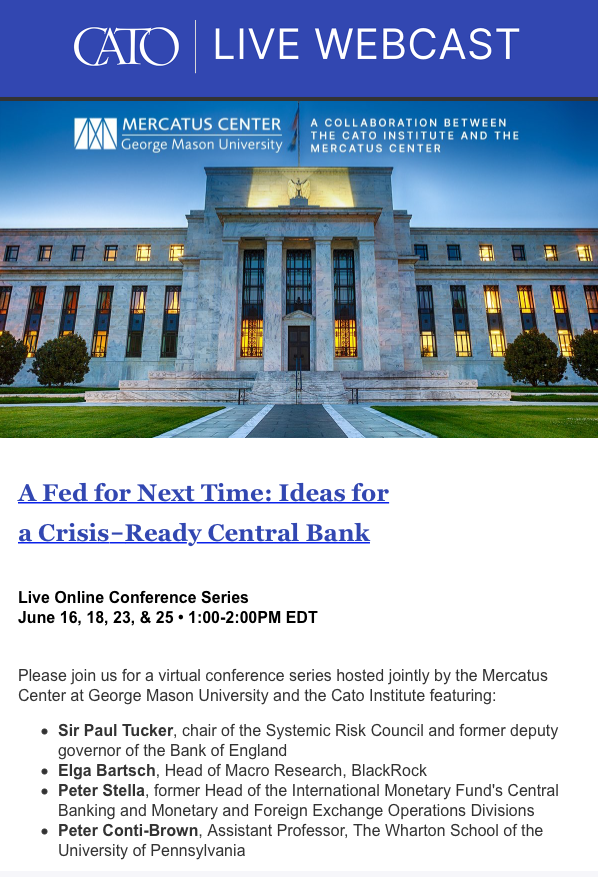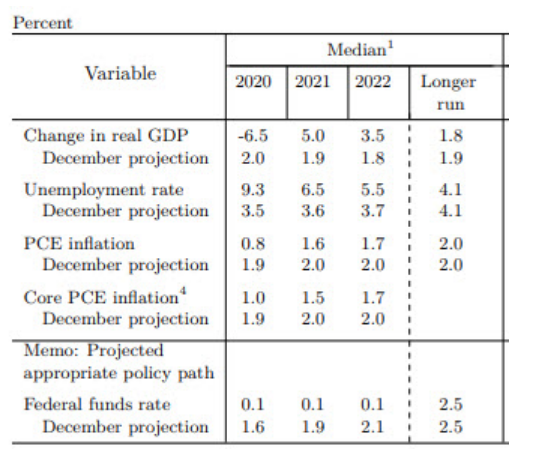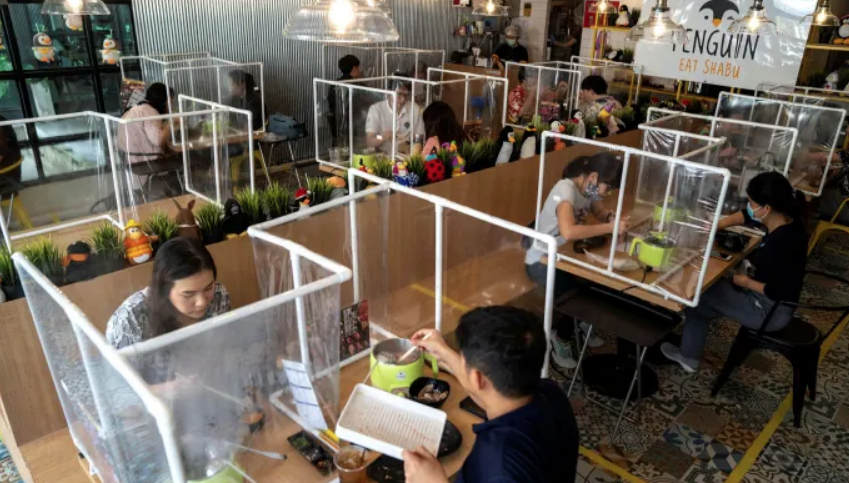I use scare quotes because obviously “the” fatality rate for Covid-19 varies widely between countries. In Italy, 23% of the population is over 65, and only 1.1% of Covid-19 deaths have been people younger than 50. In some African countries the share of population over 65 is only 2% or 3%, so obviously they’ll have much lower infection fatality rates than Italy. Nonetheless, it’s worth looking at some data:
Weekly testing by the UK Office for National Statistics (ONS) indicates that 6.8 per cent of the population in England has been infected (and thus developed antibodies to the virus). The latest national survey in Spain published last week indicated that 5.2 per cent of the population had been infected.
Based on current fatalities, those ratios imply a fatality rate of roughly 1.1% in each country. But that underestimates the fatality rate for two reasons. A few of those currently infected will eventually die, and some Covid-19 deaths went unrecorded. So the actual fatality rate is roughly 1.2% to 1.4% in the UK and Spain.
One of the highest confirmed rates was in New York City, where it hit 22.7 per cent, according to a study by NY State Department of Health and NY State University at Albany.
This also implies a fatality rate of roughly 1.1%
On the other hand, all three of these rates seem to be above average:
The “infection fatality rate” — the proportion of those infected who die — depends on local circumstances but is typically in the 0.5 to 1 per cent range. A study by Imperial College London of the epidemic in China found an IFR of 0.66 per cent. Meta-analysis by Australian epidemiologists who pulled together 25 studies around the world calculated that the average IFR was 0.64 per cent.
What explains the difference? First, Western Europe and NYC have older than average populations, so you’d expect a higher case fatality rate. The percentage over 65 in Spain (19%) and the UK (18%) is much higher than China (11%). In places like Singapore and Qatar the illness has hit young and healthy migrant worker communities, and the fatality rate is far below 0.1%.
I’ve generally assumed that the fatality rate in the US (where 16% are over 65) is about 1%, and I’m sticking with that claim. I view claims of 0.3% fatality rates as way too low for the US. Some were based on flawed studies of infection rates in California.
If the US public had not taken any measures to avoid Covid-19 then 100 to 200 million would have become infected and 1 or 2 million would have died. But that was never going to happen, as people do take measures to avoid infection. You can’t do epidemiology without economics. There is lots of social distancing even in countries such as Sweden, which never had a mandatory lockdown.
From the beginning, the debate over lockdowns has been a distraction from the issues that really matter—voluntary social distancing, behavior changes (no hand shaking, washing hands), near 100% mask wearing in crowds and public indoor spaces, test/trace/isolate, etc.
PS. In a choir practice in Washington State, 52 of 61 attendees came down with Covid-19, so I don’t believe claims that most people are not susceptible.
A COVID-19 superspreader unknowingly infected 52 people with the new coronavirus at a choir practice in Mount Vernon, Washington, in early March, leading to the deaths of two people, a new Centers for Disease Control and Prevention (CDC) report finds.
This was an older group, and a younger group would have suffered from less illness for a given number infected. But there’s no doubt the illness is highly infectious.
PPS. Yesterday, I went out to eat at a nice restaurant in Tucson. The diners were mostly old, and almost all arrived wearing masks. The waitress wore a mask. They sat at tables in a large outdoor plaza, generally about 12 feet from the nearest occupied table. There was a brisk breeze. Not a high risk setting.
Off topic: James Hamilton says the actual unemployment rate may be 19.7%, although the improvement in May was real. As flaws in the data get corrected, the fall in the measured unemployment rate will likely be slower than the fall in the actual unemployment rate.




